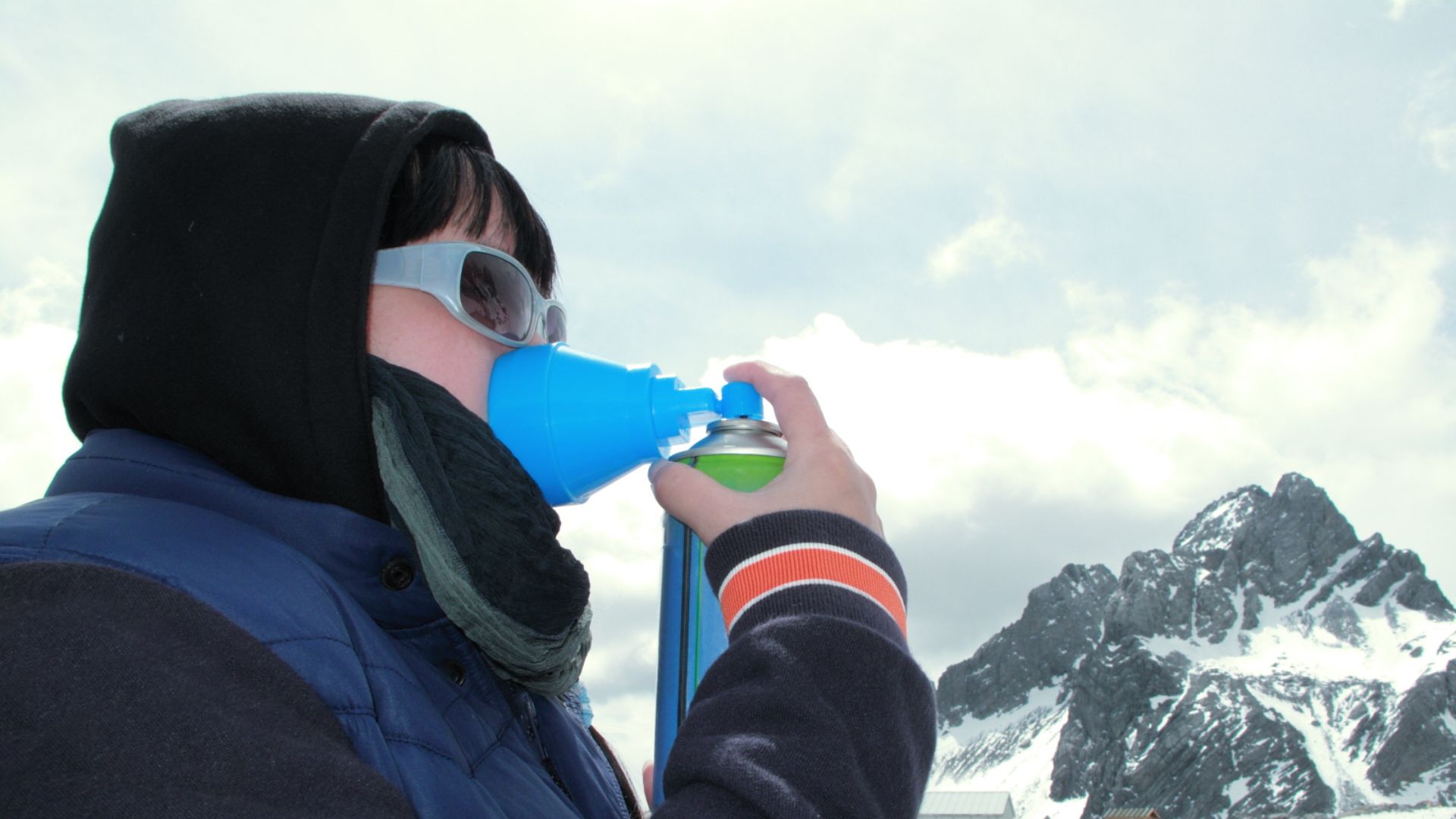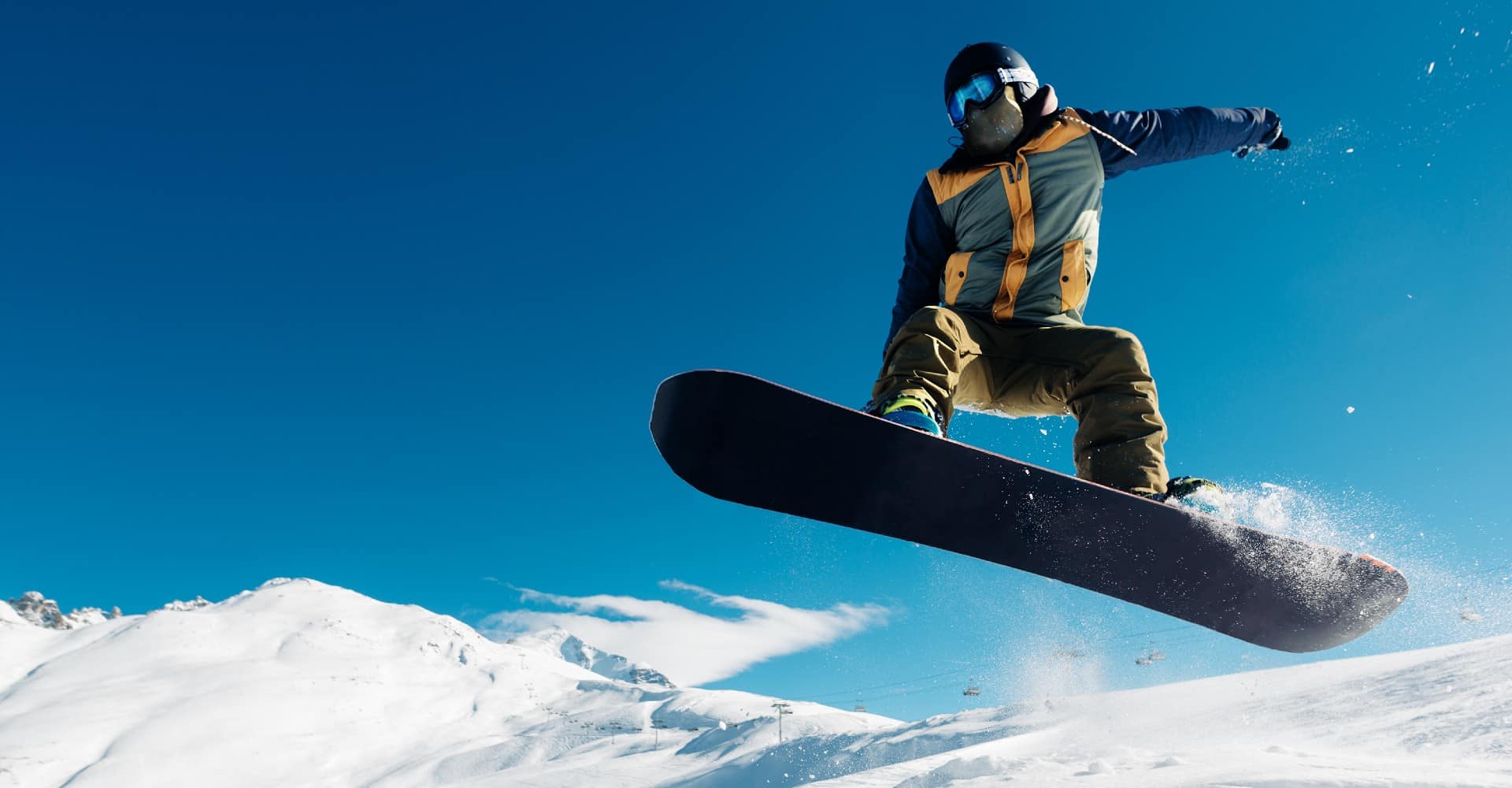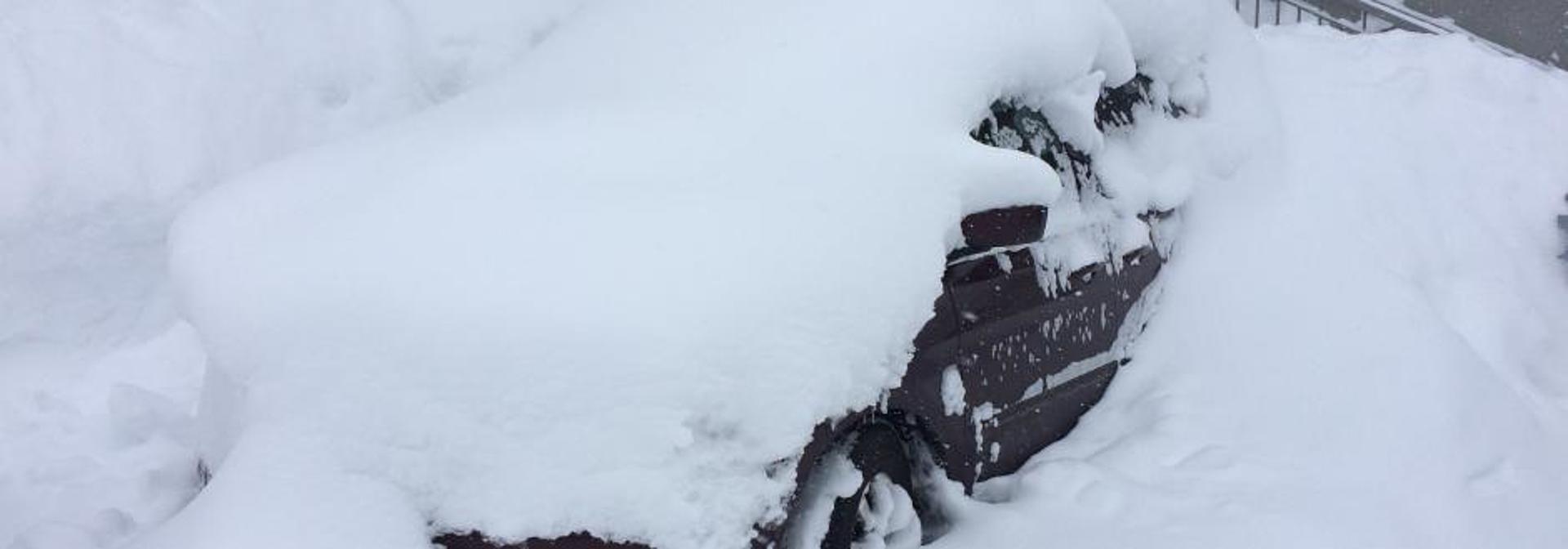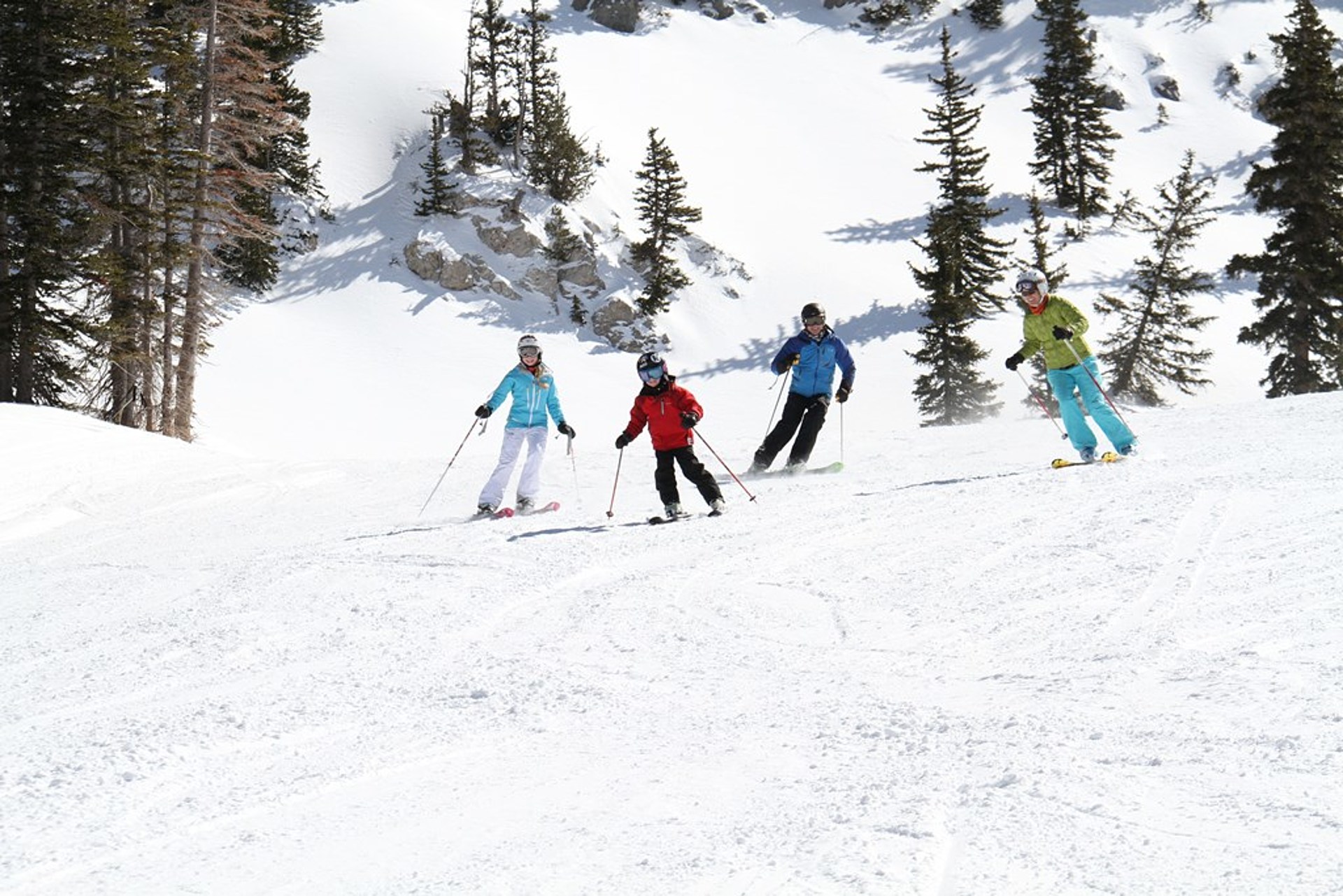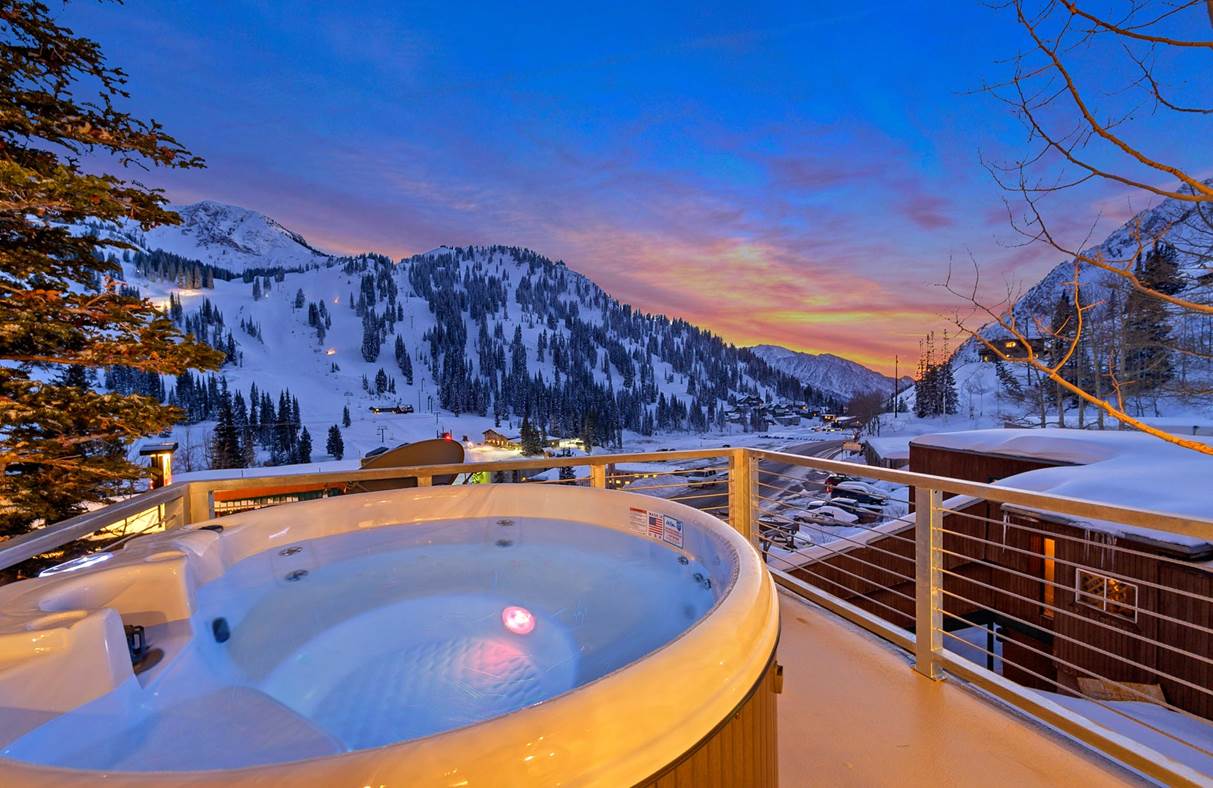Although some people feel the effects of altitude sickness more than others, the majority of visitors to Utah have no symptoms or only experience a minor headache for a day.
The Snowbird and Alta ski areas offer some of the best powder skiing in North America. Located only about 30 minutes North of Salt Lake International Airport, the Snowbird ski resort area is a popular destination for all kinds of outdoor enthusiasts. The Alta ski area is another incredible mountain getaway located in Little Cottonwood Canyon – with plenty of groomed runs for both downhill and cross-country skiing. Plus, Alta’s no-snowboarding rule makes it the perfect environment for skiers of every skill level.
All that mountain fun makes for some pretty incredible ski vacations, but it can also pose a risk for altitude sickness – a condition where the body has trouble acclimating to higher altitudes. Truth be told, altitude sickness doesn’t pose a big risk for most people. Whether you’re a seasoned traveler or it’s your first time in high-altitude places like Little Cottonwood Canyon, chances are the change in altitude will do nothing at all. Still, it’s important to know the signs and symptoms of altitude sickness so you can plan ahead and make the most out of your winter vacation.
What is Altitude Sickness?
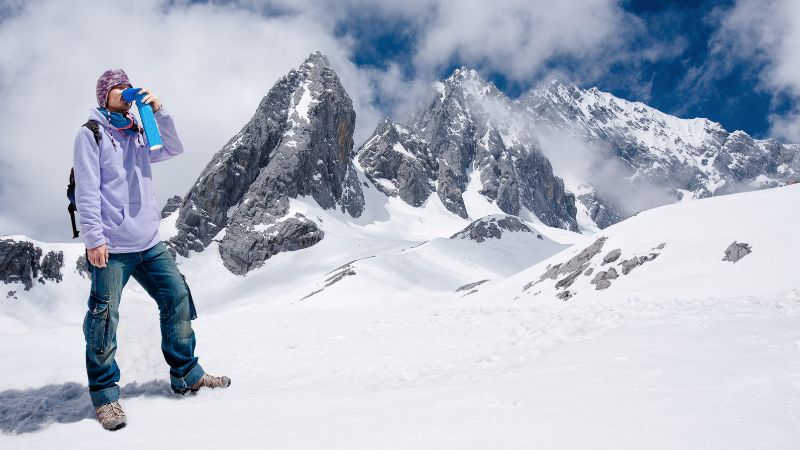
Altitude sickness refers to symptoms that can show up as your body tries to adjust to higher altitudes. The air is thinner the higher you go, and when there is less oxygen in the air, sometimes our bodies have trouble adjusting. Some people report symptoms of acute mountain sickness (AMS) – which is a very mild form of altitude sickness that often improves within a couple of days.
The severity of AMS varies from person to person, but most people just feel a little run down the first day or two of ascending to a higher elevation. High altitude pulmonary edema (HAPE) is a more severe form of altitude sickness, but it’s also extremely rare. HAPE can have a bigger effect on the lungs and require medical treatment in some cases.
What Are the Symptoms?

Symptoms of common altitude sickness are usually mild and appear within a day or two of reaching higher altitudes. Symptoms include:
- Headache
- Dizziness or feeling lightheaded
- Fatigue
- Nausea and vomiting
- Loss of appetite
- Trouble sleeping
- Difficulty breathing
- Feeling ill
- Vision changes (rare, but might indicate the more severe form of altitude sickness)
Who Is At Risk for Altitude Sickness?
Acute mountain sickness CAN affect visitors to varying effects, but the symptoms are rarely cause for concern. Those visiting the ski resorts in the area for the first time are more likely to report a headache or dizziness because their bodies have never had to adjust to higher altitudes. Those who visit higher altitudes on a regular basis, however, are somewhat used to that uncomfortable feeling you get as your body adjusts to less oxygen.
But even if you are a frequent visitor to high-altitude climates, quickly climbing to the top of the mountain could bring on the effects of altitude sickness when you least expect it. And since no one wants a headache at the top of Snowbird Summit, here are some things you can do to help your body adjust and fully enjoy all that Snowbird, Alta Ski Resort, and the surrounding areas have to offer.
Tips to Avoid Altitude Sickness
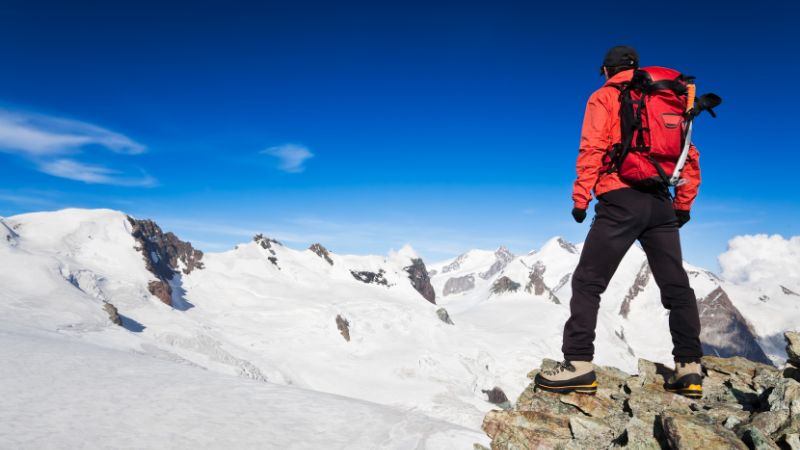
If you are looking forward to shredding the expert trails on the first day of your ski vacation, that altitude-related headache can really put a damper on things. But if you’re planning a visit to the Alta ski area or any other high-altitude Utah ski resort near Little Cottonwood Canyon, you can avoid even the most minor symptoms by planning ahead and following these tips:
1. Acclimate Slowly
Acclimating slowly can also mean saving the most strenuous activities for a day after you arrive in a high-altitude location. Spend your first day relaxing at a spa in one of the area’s top ski resorts or shop along Main Street in the small town of Park City. You’ll also find relaxing ski tours in the area and plenty of opportunities to ski a little and then rest in the hot tub at your Alta Chalet mountain-side condo!
2. Stay Hydrated
According to the National Institutes of Health, our bodies experience changes in fluid and electrolyte composition at high altitudes, which can lead to quicker dehydration. That’s one of the reasons why staying hydrated helps minimize the effects a higher altitude will have on your body. Many skiers, especially the experts taking on the most challenging terrain, also increase their consumption of electrolytes because they help the body absorb and retain fluids during extreme physical exercise.
3. Limit Alcohol
Limiting alcohol consumption will decrease altitude effects and make your trip to the Snowbird ski area all the more enjoyable. Alcohol can worsen altitude sickness as it’s very dehydrating and can decrease oxygen saturation. You want to remain well-hydrated and give your body its best chance at fending off the effects of high altitude.
4. Get Enough Sleep
Prioritizing sleep is crucial when it comes to fending off altitude sickness. 7-9 hours a night gives your body time to adjust to high altitudes and can also promote healthy oxygen levels during your day on the slopes.
Adjusting to the Altitude at Snowbird and the Alta Ski Area
Located in the Wasatch Mountains, the Alta and Snowbird areas attract outdoor enthusiasts year-round. Here, you’ll find some of the best skiing in the world, plus summer activities, including hiking, fishing, summer tubing, and even an alpine slide! But with a base elevation of 8,530 feet and peak elevation reaching almost 11,068 feet, visitors should plan for high-altitude living no matter the season.
Some visitors have reported feeling the effects of high altitude the moment they fly into Salt Lake City International Airport. With Salt Lake City at 4,265 feet, the short drive to Little Cottonwood Canyon means visitors then climb a minimum of 3,500 feet within 30 minutes to reach their destination. The view is spectacular, but don’t be alarmed if, on the way, you start experiencing one or two of the minor symptoms listed above.
Planning Your Trip
Planning a vacation to the Alta or Snowbird ski resort areas? Find the perfect place to stay at Alta Chalets – offering personalized vacation experiences that rival even the most luxurious world-class ski resorts.






